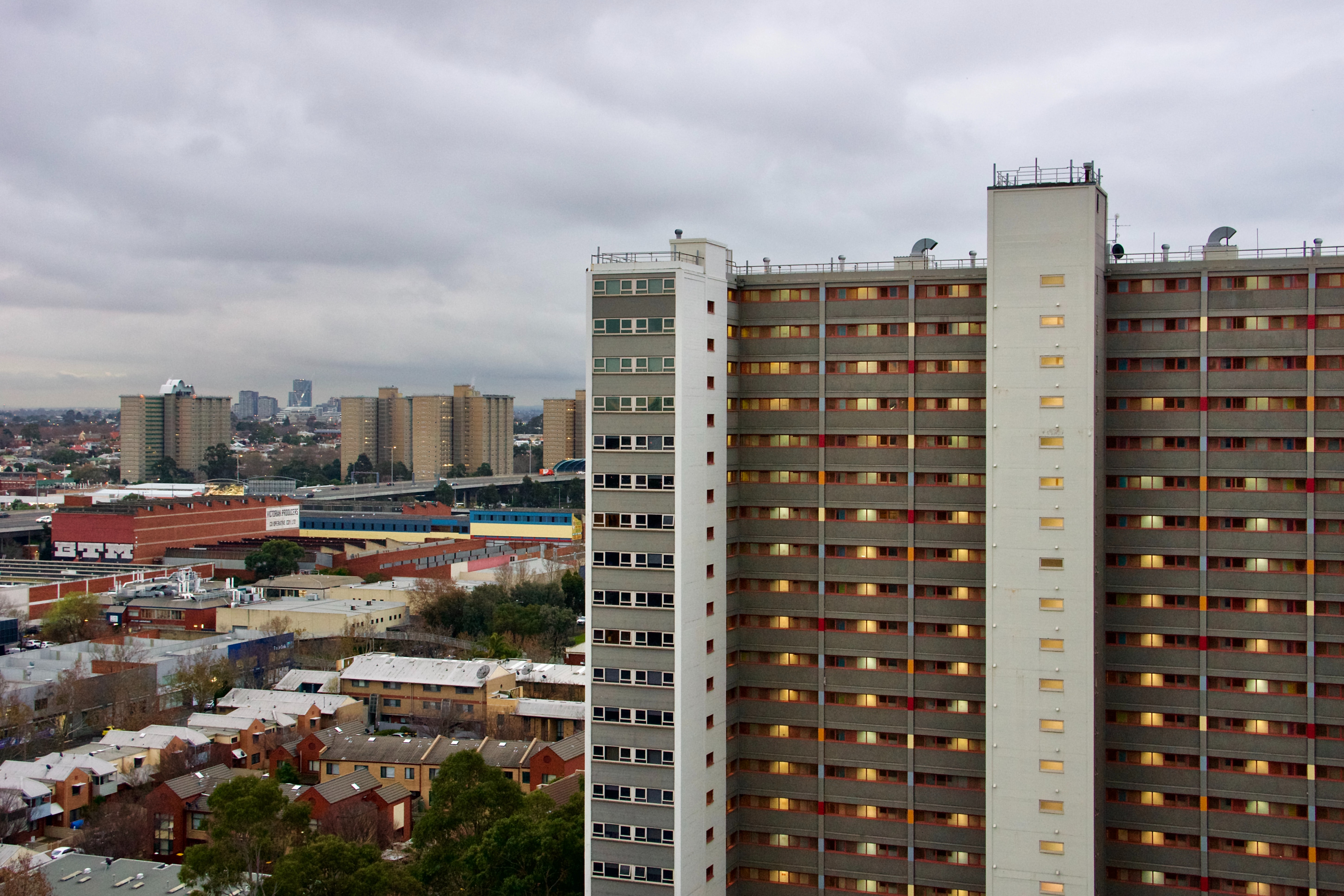Media release
From:
Expert Reaction
These comments have been collated by the Science Media Centre to provide a variety of expert perspectives on this issue. Feel free to use these quotes in your stories. Views expressed are the personal opinions of the experts named. They do not represent the views of the SMC or any other organisation unless specifically stated.
Professor Robert Booy is an infectious diseases and vaccine expert with an honorary professorship at the University of Sydney and is a consultant to vaccine manufacturers.
It’s the end of August, and the end of the day, you’ve got one COVID-19 vaccine left. Two patients are booked in, one aged 30 and one aged 50. Do you vaccinate the 30-year-old to prevent transmission better or do you vaccinate the 50-year-old who is at greater risk of disease?
Teenagers are at very low risk of complications and indeed healthy 12 to 15-year-olds are not presently being recommended for routine vaccination (Only those with underlying problems)
The risk of dying from COVID-19 in your 30s is four times higher than for a teenager, the risk of dying from COVID-19 in your 50s is almost 40 times higher than a teenager.
So what to do? The priority remains to get at-risk people vaccinated rapidly.
However the person who is 30 may be a schoolteacher or a delivery person for essential food. Such professions are important to be vaccinated. But the decision to make by professionals is clearly nuanced.
We need to think more outside the box. Efforts to dramatically improve supply need to continue so that current demand and need can be met.
Model predictions are only as good as their assumptions. Any modelling result needs to be treated with a healthy degree of scepticism. A key issue is the data this model is relying upon to predict the size of any impact of vaccination on virus transmission. Vaccine effects on transmission are notoriously hard to measure and in most cases should be considered no better than educated guesses.
This model is likely to be highly sensitive to the input value of this vaccine transmission-reducing effect, which seems high and is based on just a single study result. It would be usual in such situations to do a sensitivity analysis where the value of this key input is varied to explore to what degree this could affect the modelling result. It would be good to see this done here. For example what does the model predict, if the vaccine effect on transmissibility is instead set at the same value as the effect of the vaccine on virus infection?
Recent Covid-19 outbreaks have occurred in populations with high vaccination coverage approximating those predicted by the model. With delta strain achieving exceptionally high transmission rates even amongst the vaccinated, the model and its assumptions need to be closely examined, before such data is relied upon to make any policy decisions.
Highly publicised models from the London School of Hygiene and other groups early last year all predicted that the pandemic would be over in 2-3 months and we now know just how wrong those models turned out to be. Disastrous public health decisions were taken by governments such as the UK based on those flawed models.
Professor Emma McBryde is Professor of Infectious Diseases Modelling and Epidemiology at The University of Queensland Centre for Clinical Research
The Doherty modelling has many similarities with my own that I have on preprint and have been discussing over the last month and this online tool.
Once we target the elderly with the vaccine, the next best group is the young adults aged 18-30, not 60s, 50s, 40s etc.
If we only vaccinate 70 or 80 per cent we will need to have additional measures in place.
One finding that is very different to my work is the impact of teenagers on herd immunity. My group starts with an assumption that the effective reproduction number (before vaccination) could be as high as five, and if it is, then we need to vaccinate children to achieve herd immunity.
The Doherty Institute assumes that the reproduction number (they call this transmission potential) is only 3.6. If we model this, we get the same findings but the results are highly sensitive to the assumed effective reproduction number. The Doherty needs to clarify this and consider a range of reproduction numbers.
Alexandra Martiniuk is a Professor of Epidemiology at the University of Sydney
Using vaccination targets in the >16 year age group as milestones for moving between phases of the opening-up plan misses an important cohort of the population – children. While the Doherty Modelling does provide a scenario taking into account vaccination of children 12+ years, we need a scenario modelling vaccination for all ages (including <12 years) AND we need milestones to take into account children at all times.
The Doherty Institute Modelling Report for National Cabinet is useful in understanding how we might transition between the various phases of opening up. The modelling is useful in that it is based on Delta in terms of transmission, severity and vaccine effectiveness. However we do need to be wary that the model is based on this being a “single national epidemic” in order to simplify the modelling. We also need to be wary of new variants of concern emerging beyond Delta, which of course, would affect any current model’s ability to predict future scenarios.




 Australia; NSW; VIC; QLD
Australia; NSW; VIC; QLD



